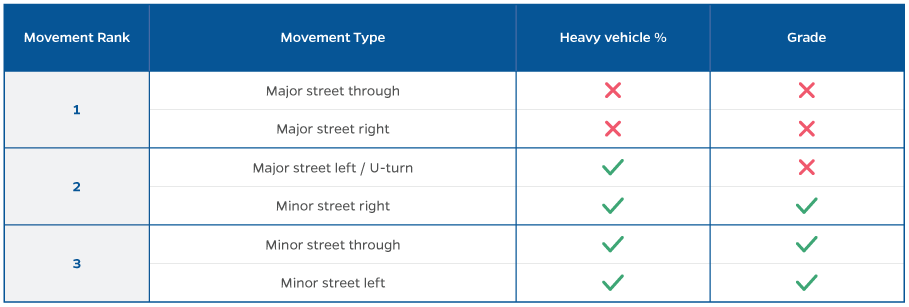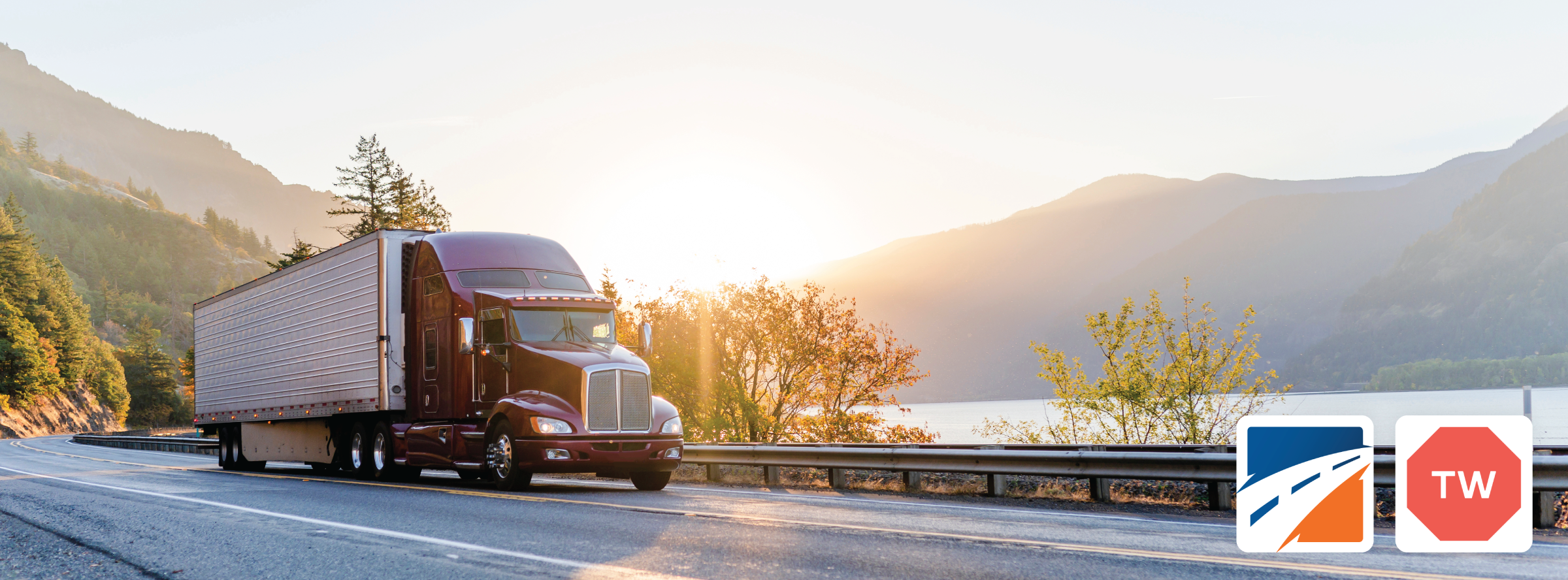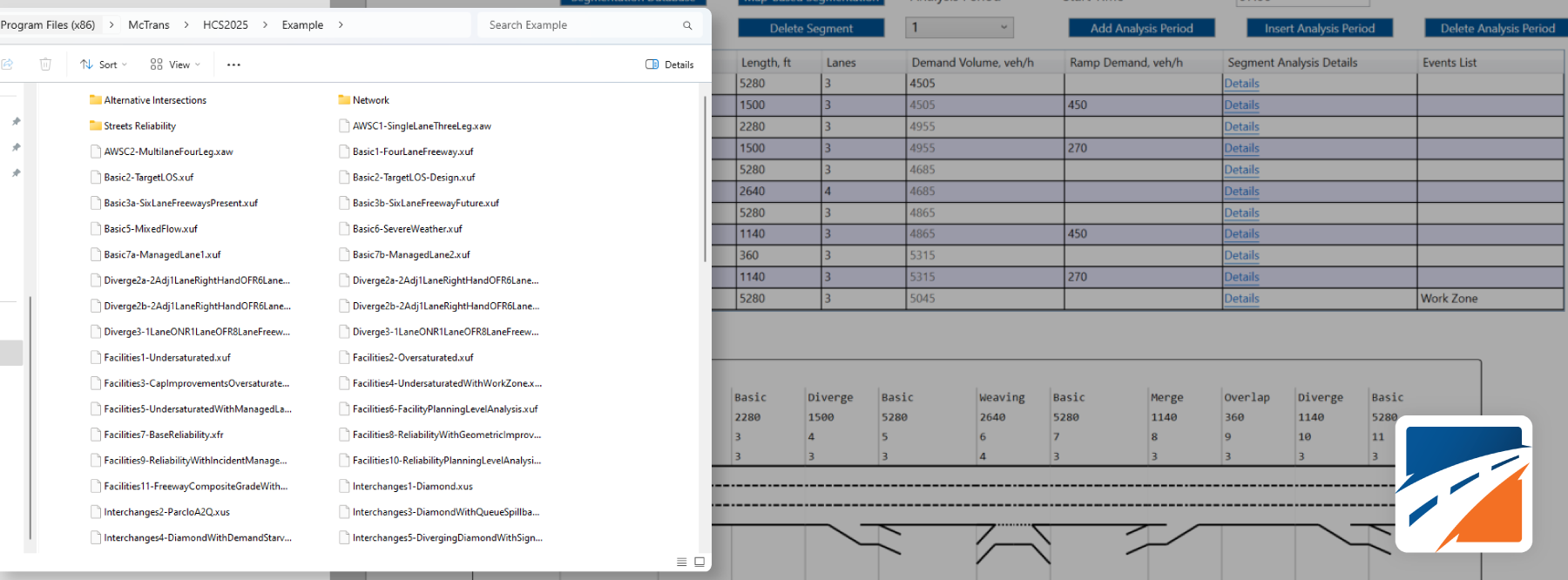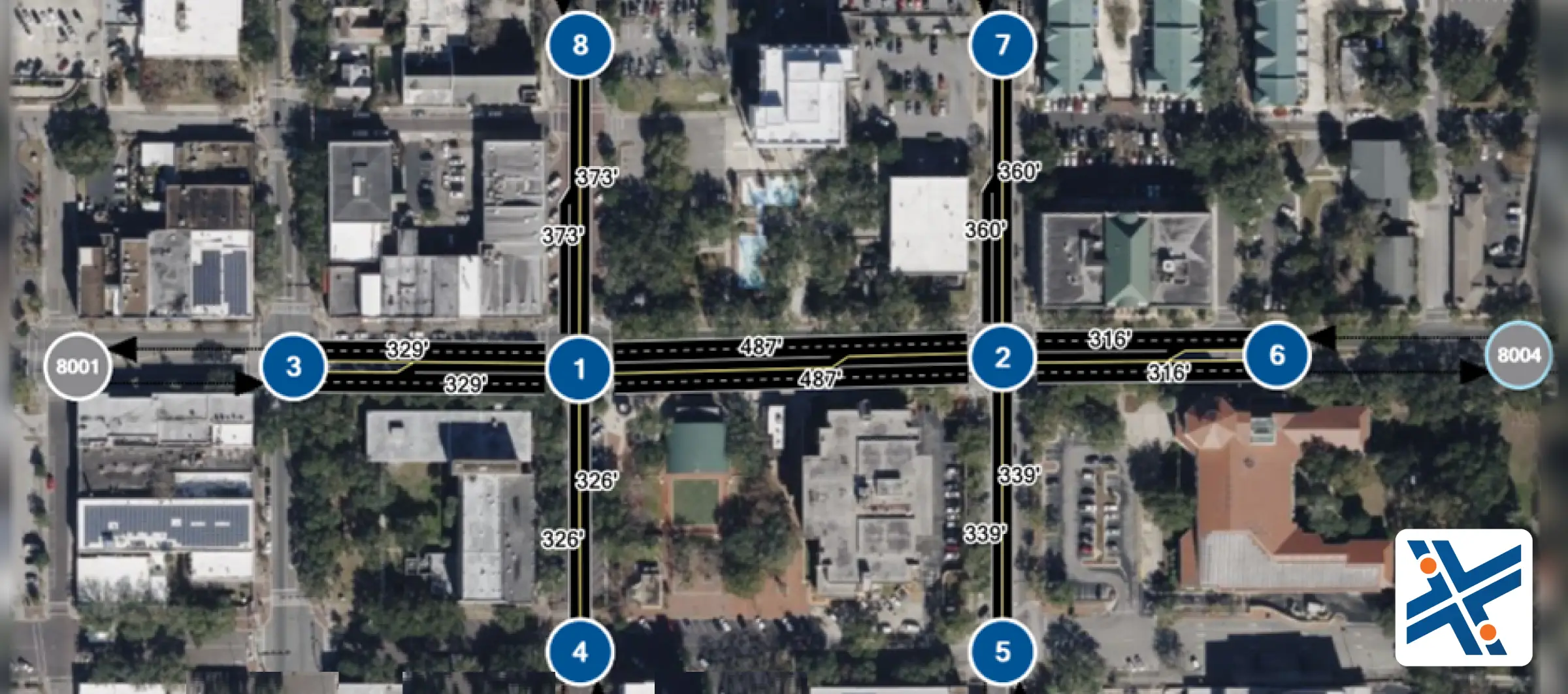A common question we receive is about grayed-out fields for heavy vehicle percentages and/or grades in Two-Way Stop Control (TWSC) intersections. The Highway Capacity Software (HCS) architecture disables inputs not required in calculations so the user does not need to enter data that will not make a difference in the results.
This article discusses the effects of heavy vehicles and grade on the performance of TWSC intersections and illustrates whether these inputs are required in the Highway Capacity Manual (HCM) methodology.
How do heavy vehicles and grades affect TWSC calculations?
The TWSC methodology in HCM relies on the gap acceptance theory – drivers look for suitable gaps in the conflicting traffic to enter the intersection. When modeling a TWSC intersection in HCS, the “Headway” page automatically populates recommended base values for gap acceptance for different movements. Higher headway values represent more conservative drivers (with reduced capacity), and lower headway values represent more aggressive drivers (with increased capacity)
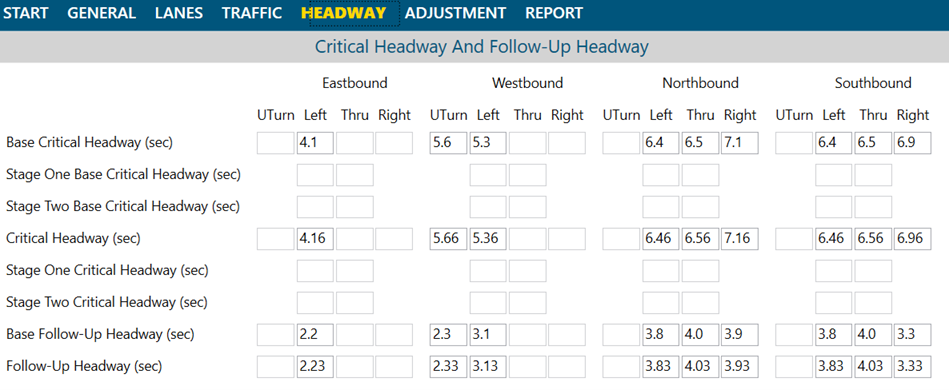
The base values of critical headway and follow-up headway listed in previous sections reflect “base conditions,” such as the absence of heavy vehicles and zero grade. Heavy vehicles require larger gaps at intersections due to their dimensions and powertrain characteristics, reflected in increased critical and follow-up headway values. Similarly, grades also affect how vehicles accelerate in stop-controlled approaches, resulting in increased required gaps for upgrades and reduced required gaps for downgrades.
Which movements are affected by heavy vehicles and grades?
The HCM methodology sorts TWSC movements into four ranks, depending on their priority:
- Rank 1 movements: include major street through and right turns. These movements are not required to stop at the intersection and therefore are not included in gap acceptance modeling. Therefore, inputs for heavy vehicles and grades will always be disabled for these movements
- Rank 2 movements: include major street left-turns and U-turns, and minor-street right-turns. Heavy vehicle percentages are applicable to all rank 2 movements, but grades are only applicable to minor street right turns.
- Ranks 3 and 4 movements: include all remaining movements from the minor street. Heavy vehicle percentages and grades are applicable to all movements.
The next table summarizes all cases when heavy vehicles and grade are necessary for analyses of different TWSC movements:
